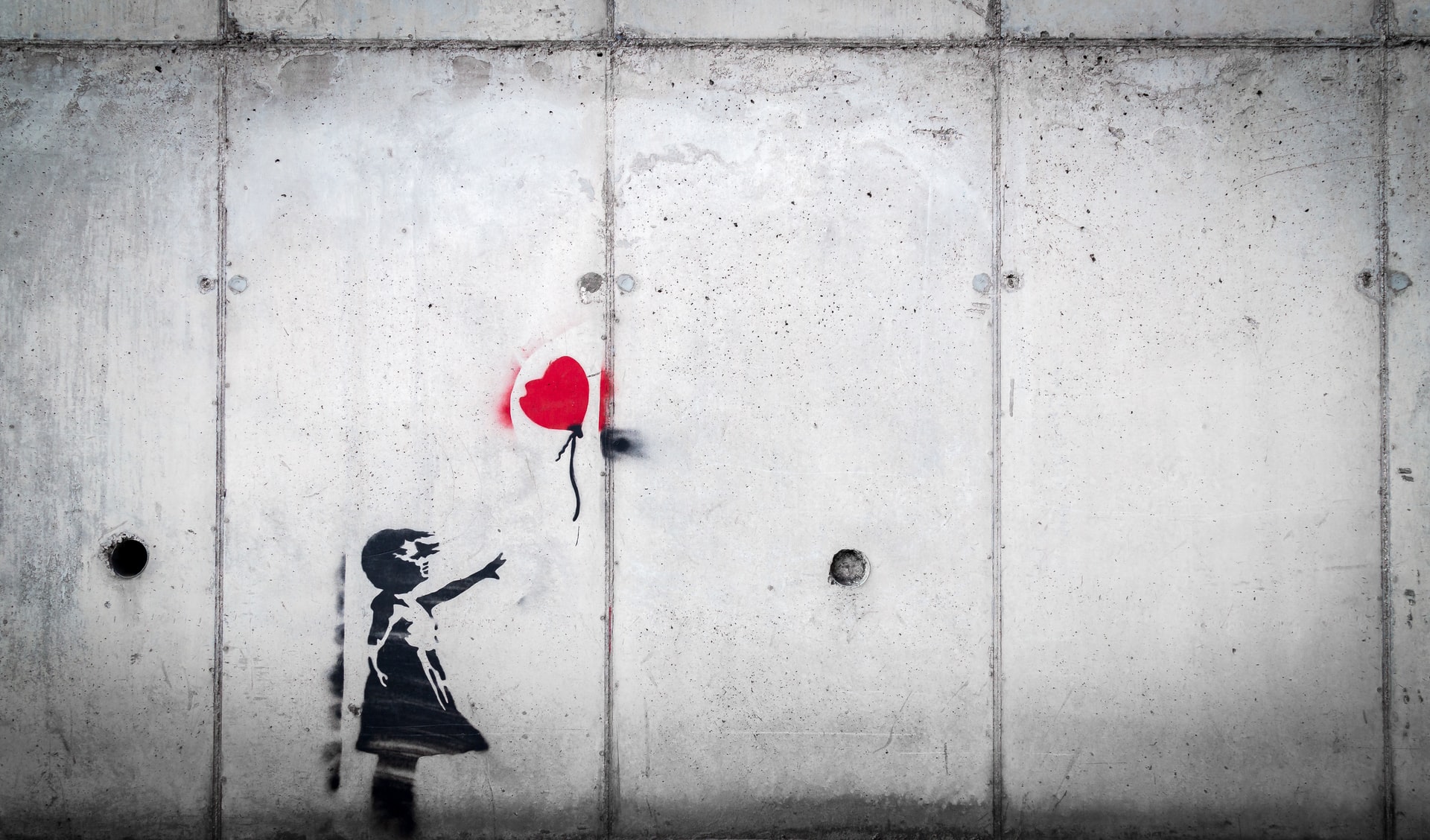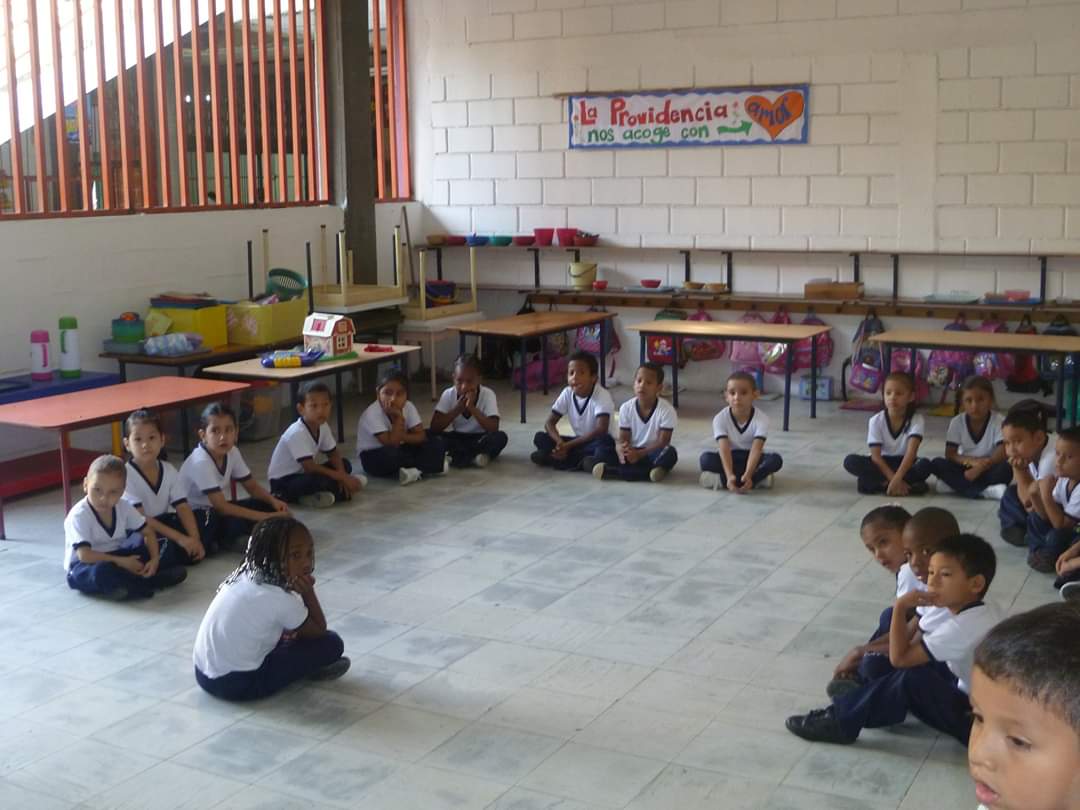
What is inequality to me?
The oldest story of human kind, and also, just a story about a cake - What is inequality to me?
Economists love to tell a story about a cake, when they are asked about inequality. It is a simple, but powerful concept. Imagine it’s your grand-uncles birthday again, and you and your entire family is invited. Your mum has baked her famous, delicious apricot cake again, and everybody has been graving it for the last year. But then there are your three hungry brothers arriving directly from their soccer game. It is very simple. They could eat the entire cake by themselves, or they could just hold back and let your mum distribute the cake more or less equally between all of you - maybe your grand-uncle will get an extra large piece. What’s the story that will be told?

This concept is easily applicable to a lot of real world examples about inequality. Let’s have a look at Paraguay, for example. Paraguay is one of the most unequal countries in the world in terms of land ownership with a Gini coefficient of 0.94 (IAPPS). It has a total land area of 406.752 squ.km, but 80 % are owned by 1.6 % of its population. What about the rest of the Paraguayan population? Well, one could say that they just did not get a piece of the cake. Land ownership, on the other hand, has important implications on wealth and income. Often times, you cannot apply to a credit without land ownership, for example. You cannot make productive use out of land if you do not own it, without having to pay a fee for it. You cannot rent out your land. You cannot use it as an asset, or risk diversification. You cannot inheritate it to your children. But if you cannot access a credit, then you might not have access to liquidity. And you might not be able to invest in machinery needed to make productive use of the land of somebody else. And you will have to pay a rent for this other person’s land. Also, you cannot decide freely for how long, and for which purpose to use this piece of land that is just not your owns. The story goes on and on…

Of course, it is much more complex than that, but it gives a pretty well understanding of what is going on when we think about inequality. Inequality is complex, difficult to understand. It is structural, systematic and often nearly impossible to disentangle. What are the origins of inequality? What do we have to address first to diminish inequality and lift people out of poverty? Which actions do we have to undertake? How do we break open vicious circles?
Often, people are born into inequality. That means, they are born into a situation in which they don’t even get the chance to have a piece of the cake. A situation, in which they are constantly, and over and over again, missing out on all kinds of pieces of cakes. It already starts with unborn babies, being subject to nutritional deficits and lags of stimulation. They are born into poor families, which often do not have the time for parenting, are stressed due to poor living conditions, or do not have the means to educate their children appropriately. Often, they fall victim of violence, abandonment, or hunger. When they grow older, they miss out on high-quality education, as in most countries education is private. A study by the OECD shows that the lower the income, the lower the share of students enrolled in private education (OECD 2018). On average, 6.1 % of students from the lowest income quintile visit a private secondary school, compared to 48.8 % of students from the highest income quintile. This is the early beginning of segregation and the creation of income gaps. These gaps become larger with each year along the lifecycle of the child, and with every year become more difficult to reverse.

Only 63 % of all people above 15 years old are literate in low-income countries, compared to 95 % in upper-middle income countries (World Bank Data ). The WHO characterizes 35 % of children in the World’s lowest income quintile as plagued by malnutrition, compared to 16 % in the highest quintile (Joint child malnutrition estimates). Only 71 % of the World’s population used safely managed drinking water in 2017, and 3 billion people lacked basic handwashing facilities with soap and water at home in 2017 (WHO - Water, sanitation and hygiene). In 2016, 49.3 % of women from Afghanistan between 30 and 34 years old stated to have experiencied intimate partner violence, compared to 7.6 % of women in the Ukraine. All this is only a glimpse of all the different forms that inequality manifests itself.
Through this website I want to make a little contribution to bringing light on all the different forms and ways that inequality populates our world, and hope to raise some more awareness about it. What is inequality, how does it evolve, what are its consequences, and how can we address it? How can we create a better world, in which we all care more about each other, and step up for each other?